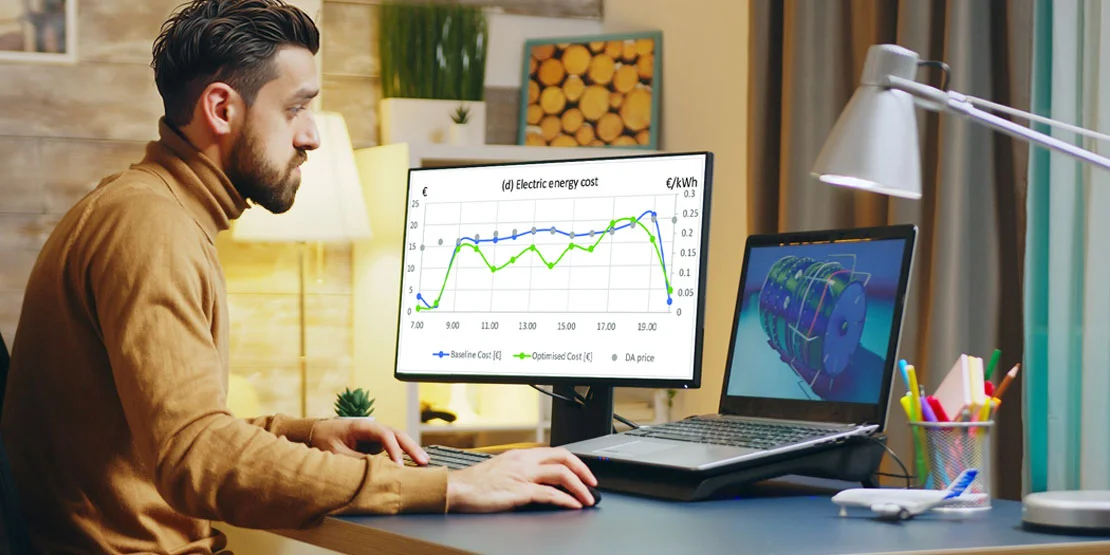
What is HVAC Analytics Software?
HVAC analytics software is the type of software that works on the components like collection, analyzing, interpreting the data and information from the HVAC systems. It also works on integrating the information from sensors, controls, and building management systems that overall gives the insights into performance. Let’s know discuss the primary functions of HVAC analytics software which includes:
Data Collection
It provides a continuous monitoring of temperature, humidity, airflow, energy consumption, and equipment status within the area.
Data Analysis
The HVAC analysis software utilizes the advanced algorithms and machine learning techniques that also helps the user to uncover the patterns and irregularities.
Predictive Maintenance
It means identifying the potential issues which if neglected lead to failures, thus reducing downtime and the maintenance costs.
Energy Optimization
Analyzing energy usage trends that helps the user and recommending the adjustments which further enhance the efficiency.
Key Elements of HVAC Analysis Software
Effective HVAC analytics or the analysis software typically includes the following features:
Real-Time Monitoring
It continuously works on oversighting the system performance metrics.
Fault Detection
It provides alerts to the users regarding the potential issues based on historical data and operational patterns the HVAC analytics software use.
Data Visualization
Dashboards are the clear depiction of the key performance indicators (KPIs) in any intuitive format.
Alerts and Notifications
Automated alerts as required in any software and HVAC analytics software understands it better and provides them for maintenance needs or operational anomalies.
These feature particularly empower the facility managers to make informed decisions and also enhance the reliability and comfort while minimizing costs.
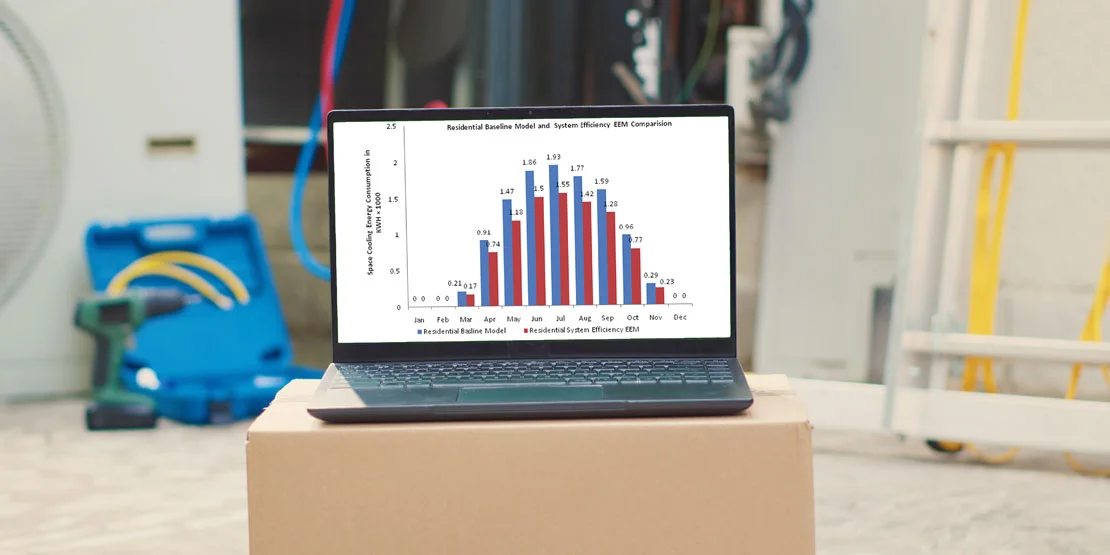
Advantages of using HVAC Analytics Software
Implementing the HVAC analytics software helps the user to enjoy several advantages:
Improved Energy Efficiency
The HVAC analysis works on analyzing the consumption patterns, assisting the businesses in identifying the opportunities for savings.
Enhanced System Performance
Continuous monitoring provided by the software allows the user to have timely interventions that keep systems running optimally.
Cost Reduction
Predictive maintenance minimizes the set of unexpected breakdowns and also associates in the repair costs.
Data-Driven Decision Making
Stakeholders can make informed choices in the terms of upgrades and operational changes that are based on comprehensive data insights taken from the ventures operation.

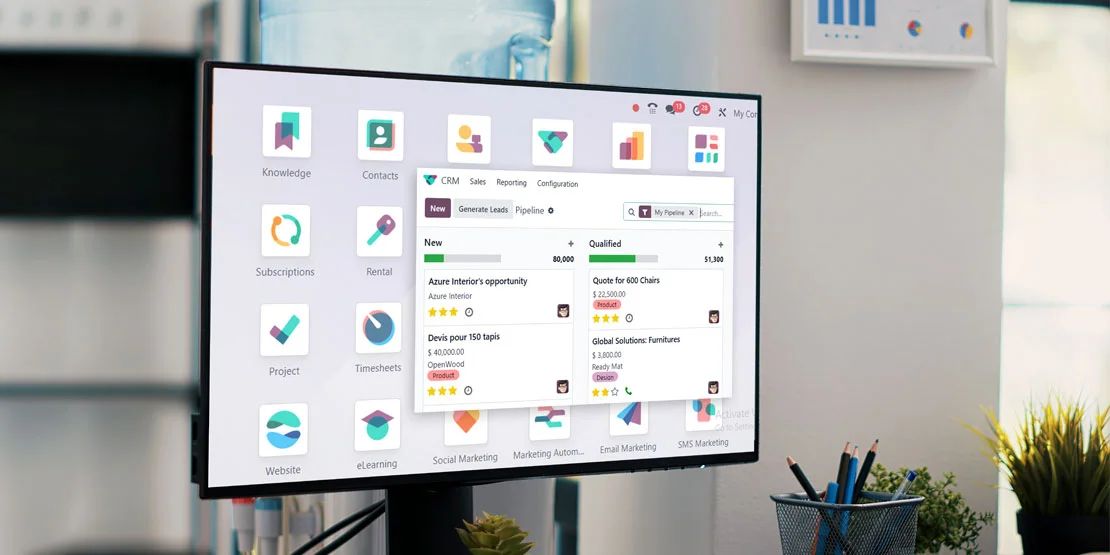
Odoo as an HVAC Solution
Odoo is an open-source ERP solution that works for HVAC service management and also can be the best HVAC analysis/analytics software due to its modular design which works on selected user choice and integrate only the features the client need, making it a versatile option for the HVAC software market. The Key functionalities here includes:
Integrated CRM
Odoo manage customer interactions effectively with an extensive range of tools that helps in tracking the leads and maintaining the detailed customer records.
Scheduling and Dispatching
Automate job assignments based on technician availability and proximity to service locations is all under by odoo under a single platform.
Inventory Management
Track real-time stock levels and automate reordering processes to ensure technicians have necessary materials on hand.
Reporting and Analytics
Odoo analytics software has the powerful tools that works on analyzing the historical service data and identifying the trends and for better monitorization on performance metrics.
By leveraging Odoo's capabilities, HVAC businesses can improve service delivery efficiency, enhance customer satisfaction, and gain a competitive edge in the market.

HVAC Analytics Software Implementation
The implementation includes the following important steps:
Review of Existing Systems
Evaluate the current HVAC infrastructure to have a data-collecting capability.
Integration with BMS
Ascertain whether the analytics software is capable of accessing real-time data from existing systems.
Customization of Dashboards
Tailor the user interface to specific needs of facility managers or operators.
Training and Support
Train the staff on how to properly make use of the software.
Case Study
ServiceWorks

ServiceWorks is one of the leaders in HVAC analytics and provides a real-life example of how the technology can work. The service offers full-scale monitoring, which enables organizations to progressively substitute maintaining their HVAC according to traditional methods with strictly analytic management. Predictive analytics help companies take an optimized approach toward keeping operations while also ensuring the comfort of occupants.

Odoo Field Service
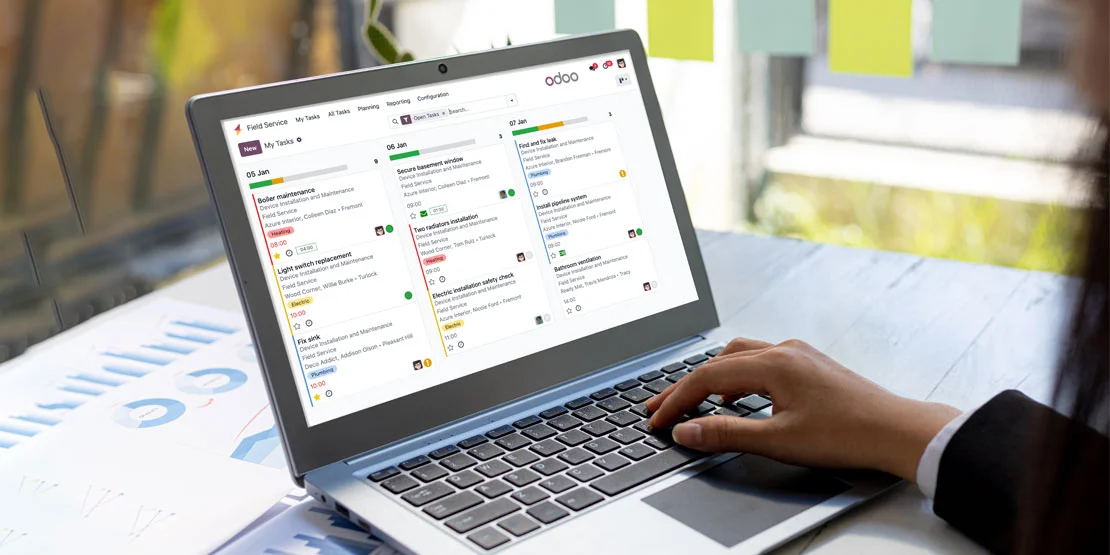
Odoo Field Service has become a comprehensive solution for HVAC companies looking to streamline their processes. The integration of scheduling, inventory control, and customer relationship management under one roof enhances general business functions. For instance, reports can be used to produce seasonal patterns in HVAC repairs, thereby enabling the development of the right service schedule.


Types of HVAC Analytics Solutions
There are primarily two types of HVAC analytics solutions available:
Integrated Solutions
Here, the integrated hardware and sensors as well as data transmitting devices are combined to have a detailed monitoring.
Standalone Software Solutions
The solutions of this kind require the already existing structures to collect data and give remarkable analytical capabilities.
Each solution has its pros; most the integrated solutions ensure more precise control, but standalone alternatives might be cost-effective if facilities already have the equipment.
Challenges in Deploying HVAC Analytics
Despite the numerous benefits above, several challenges can come up during implementation:
Data Infrastructure
High-quality facilities lack the sensors or data collection mechanism required for proper analysis.
Difficulty in Data Interpretation
Big data analysis requires technical expertise in data science as well as engineering principles.
Integration Issues
Connecting new software with an existing building management system may pose challenges.
These challenges can be dealt with in a phased manner by progressing from extremely basic monitoring up to very complex analytical abilities.
The Future Of HVAC Analytics
The future of HVAC analytics appears to be bright because of the continued progression of technology. Emerging trends are:
Artificial Intelligence (AI)
AI would improve predictive maintenance by learning from historical data more critically.
Internet of Things (IoT)
IoT will help build better data across different systems in buildings.
Cloud Computing
Cloud solutions will allow easy access to real-time data from anywhere in the world. These advancements would further fortify the capability of the facility manager in optimizing their HVAC systems efficiently.
FAQs
What software is mostly used by HVAC engineers?
Odoo Field Service, is one of the most used HVAC engineering software that helps the user to streamline their business processes. The Odoo also integrate well and works on the components like scheduling, inventory control, and customer relationship management.
What are Scheduling and Dispatching in odoo?
The scheduling and the dispatching in Odoo, helps the experts from the HVAC sector to work on their availability and proximity while being on the single platform for a quick response.
What is HVAC analysis/ analytics software?
HVAC analytics software helps the user with collection, analyzing, interpreting the data in the overall HVAC systems. And also helps in building an interactive workflow.
Is HVAC Engineer a good career option?
The HVAC engineers career is a rewarding career that offers good job security and a high salary if the individual has good experience.
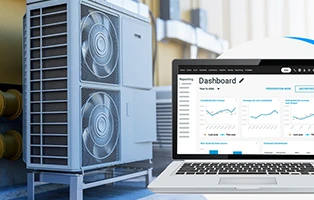
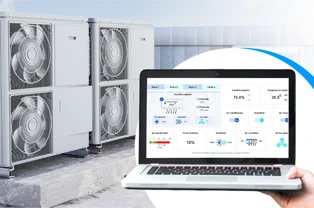
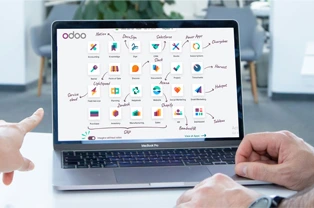
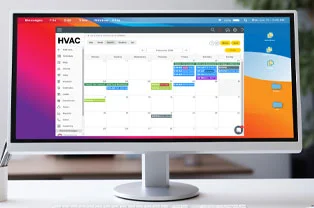
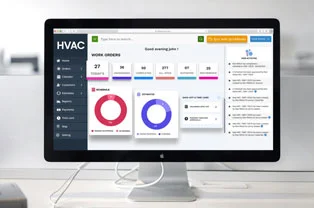
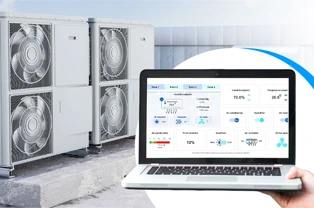
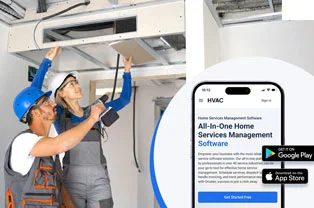


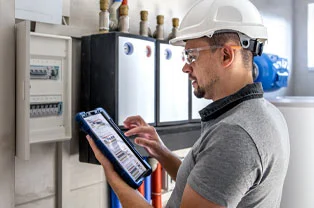

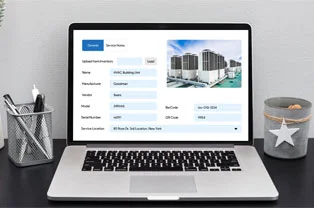

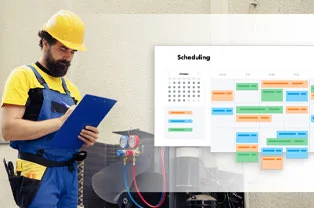

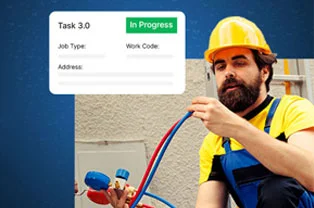

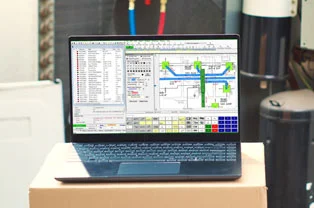

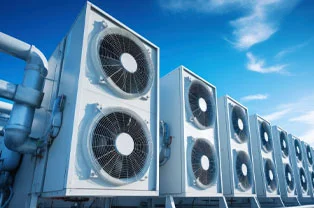
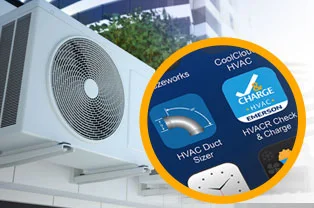
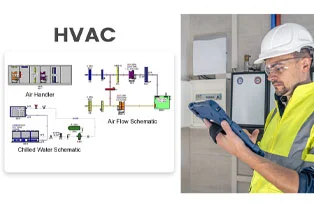

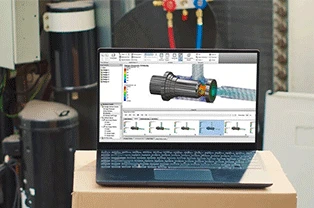



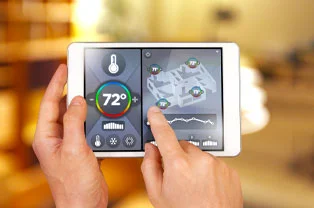
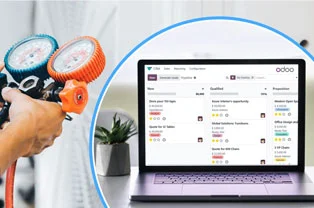
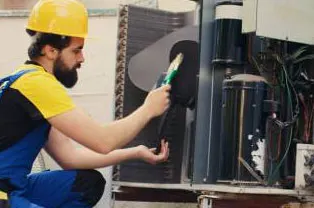
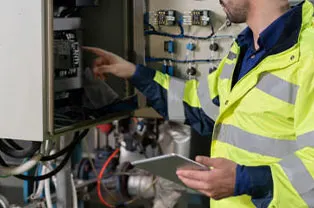







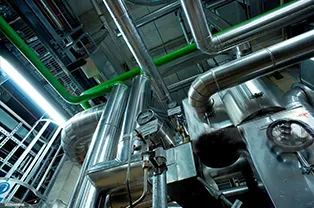

 USA
USA INDIA
INDIA